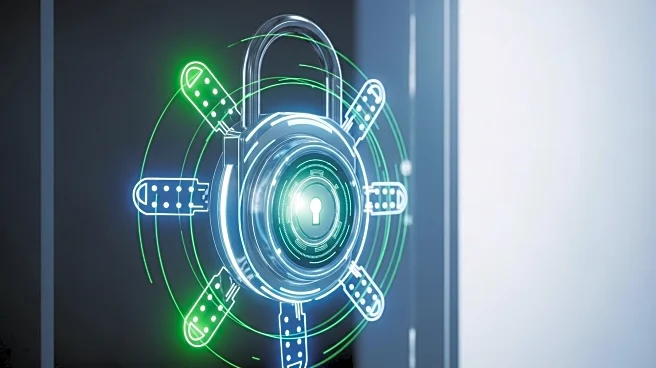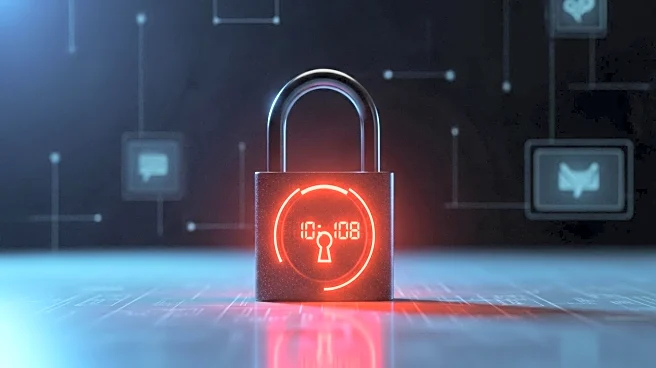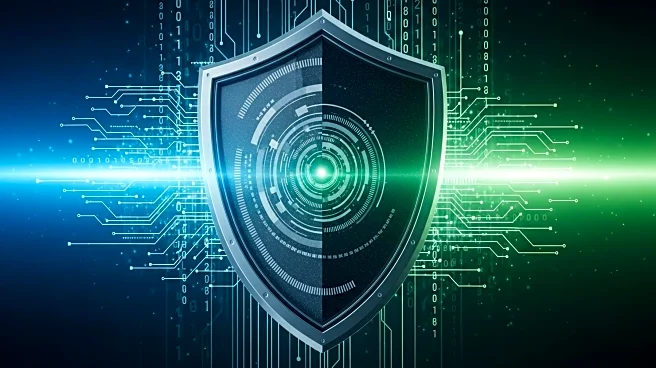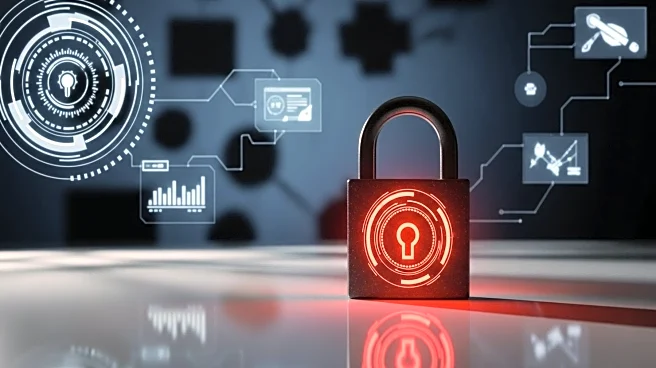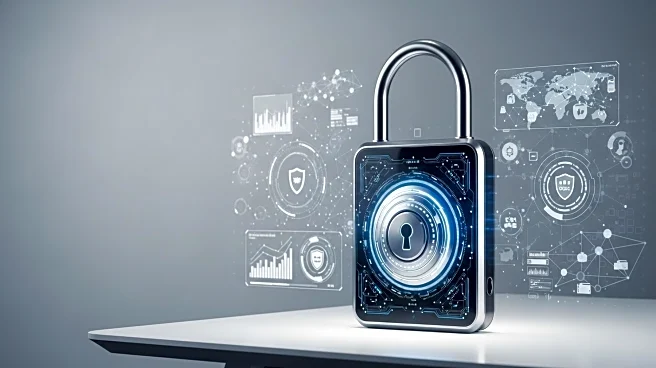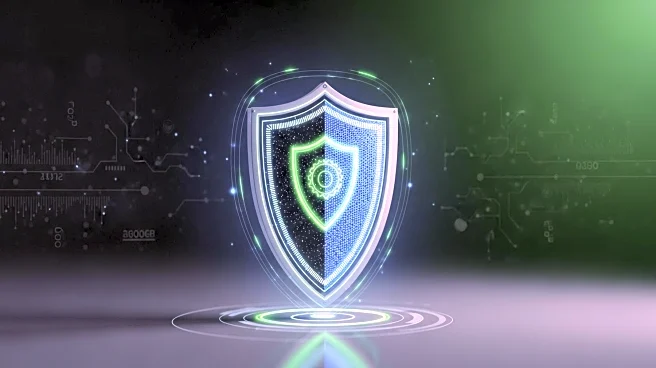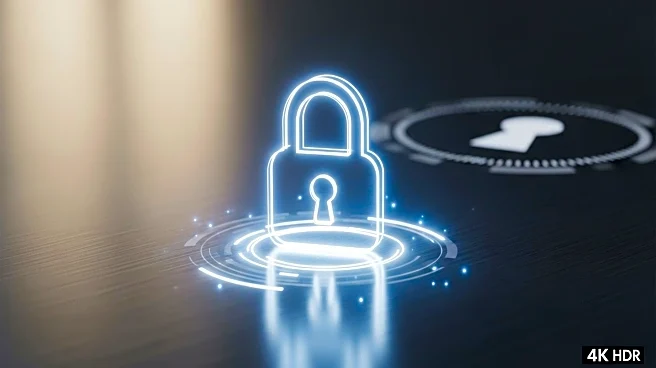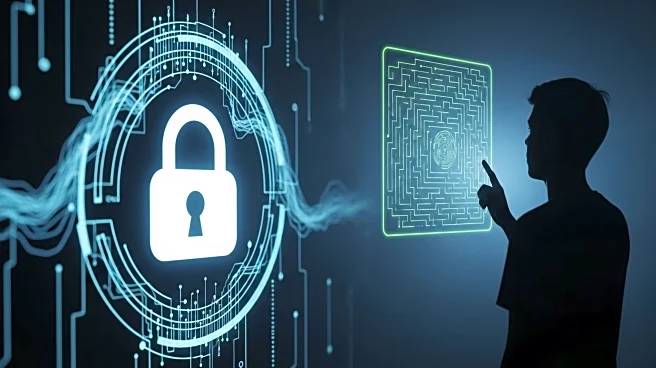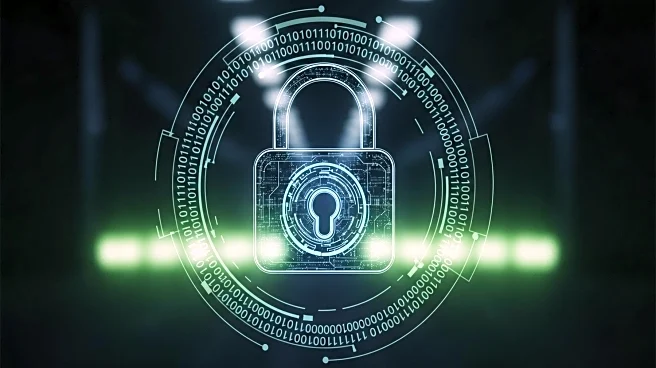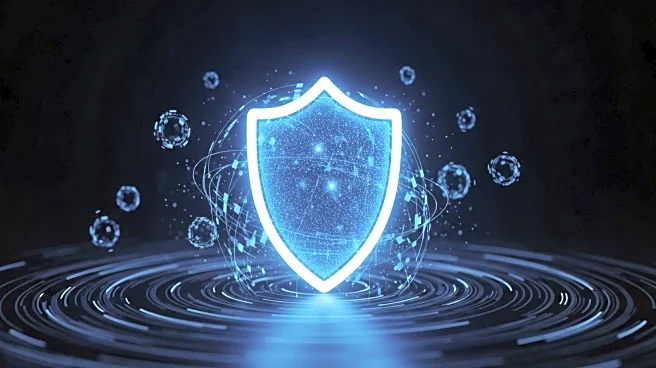What's Happening?
LastPass has undergone significant changes to bolster its security infrastructure, becoming fully independent in 2024. The company has introduced passkey technology, which uses devices like smartphones for authentication, moving beyond traditional passwords. This innovation aims to protect against automated phishing and brute force attacks. LastPass has also strengthened its endpoint security and implemented a Trust Center for real-time system monitoring. These updates are part of a broader effort to adapt to the evolving cybersecurity landscape, ensuring both individual and enterprise users are better protected.
Why It's Important?
The shift to passkey technology represents a significant advancement in cybersecurity, addressing vulnerabilities associated with traditional password systems. As cyber threats become more sophisticated, the need for robust security measures is critical. LastPass's enhancements could set new industry standards, influencing other companies to adopt similar technologies. This evolution is crucial for protecting sensitive information across various sectors, potentially reducing the risk of data breaches and financial losses. The focus on proactive security measures highlights the growing importance of cybersecurity in safeguarding digital identities.
What's Next?
LastPass plans to continue its focus on security improvements, with upcoming performance upgrades and expanded language support. The company is also working on a web application compatible with all operating systems, enhancing accessibility for users. These developments suggest a commitment to maintaining leadership in the password management industry, potentially influencing broader adoption of passkey technology. As cybersecurity threats evolve, LastPass's ongoing innovations will likely play a pivotal role in shaping future security practices.
Beyond the Headlines
The introduction of passkey technology by LastPass could have broader implications for digital security practices. By moving away from passwords, the company is addressing a fundamental vulnerability in online security. This shift may encourage other industries to explore similar technologies, potentially leading to a more secure digital environment. Additionally, the focus on real-time monitoring and threat intelligence reflects a proactive approach to cybersecurity, emphasizing the importance of staying ahead of potential threats.

